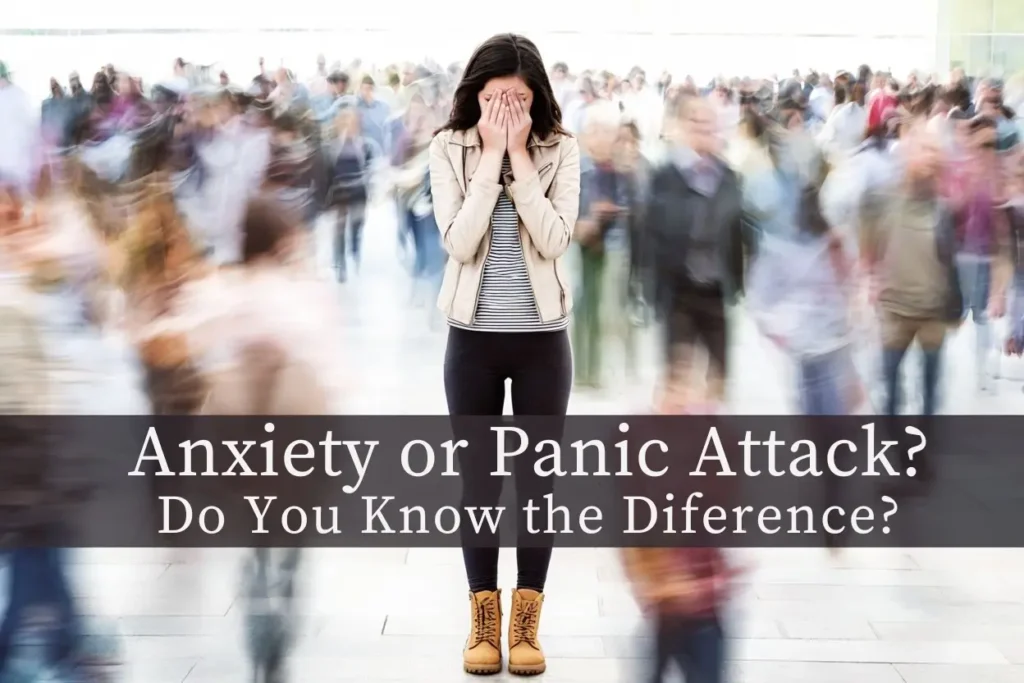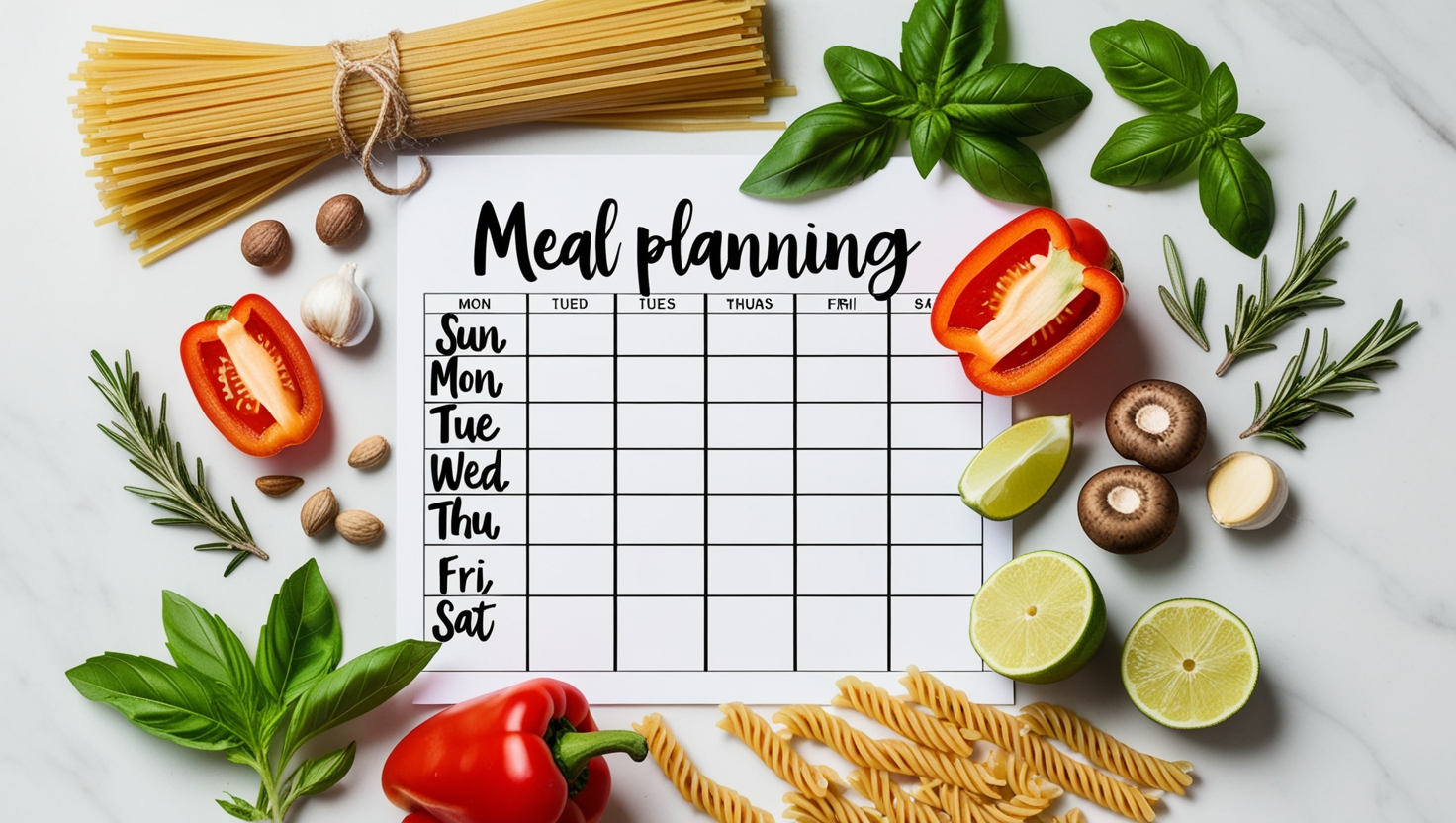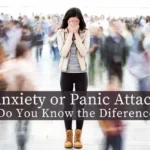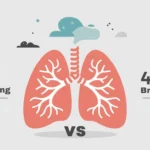
Anxiety and panic attacks are often used interchangeably, but they’re distinct experiences with unique triggers, symptoms, and outcomes. With 40% of adults worldwide experiencing anxiety disorders and 3% facing panic attacks annually, understanding the difference is critical for effective management. Let’s demystify these terms and equip you with actionable insights to identify and address both.
Anxiety Attacks vs. Panic Attacks: Definitions Matter 🧠
What Are Anxiety Attacks?
Note: “Anxiety attack” isn’t an official diagnosis in the DSM-5 but describes intense anxiety episodes.
- Triggers: Stressors like work deadlines, relationship conflicts, or financial worries.
- Build-up: Gradual onset, often linked to persistent overthinking.
- Duration: Minutes to hours, days, or weeks (e.g., chronic worry before a major event).
What Are Panic Attacks?
Recognized in the DSM-5, often tied to panic disorder.
- Triggers: Can occur unexpectedly without a clear cause.
- Build-up: Sudden and overwhelming, peaking within 10 minutes.
- Duration: Typically 10–30 minutes, though lingering effects may last hours.
Key Differences at a Glance 🔍
| Factor | Anxiety Attacks | Panic Attacks |
|---|---|---|
| Onset | Gradual (builds over time) | Sudden (“out of the blue”) |
| Duration | Longer (hours/days) | Shorter (minutes) |
| Physical Symptoms | Mild to moderate (e.g., tension, fatigue) | Severe (e.g., chest pain, choking) |
| Emotional Focus | Future-oriented worry | Fear of impending doom or death |
| Aftermath | Lingering unease | Exhaustion or fear of recurrence |
Breaking Down Symptoms 🚨
Anxiety Attack Symptoms
- Physical:
- Muscle tension
- Restlessness
- Fatigue or insomnia
- Emotional:
- Excessive worry
- Irritability
- Difficulty concentrating
Panic Attack Symptoms
- Physical:
- Racing heart or palpitations
- Shortness of breath
- Trembling or numbness
- Dizziness or nausea
- Emotional:
- Detachment from reality (derealization)
- Fear of losing control or dying
💡 Quick Test: If symptoms mimic a heart attack (e.g., chest pain) and arise abruptly, it’s likely a panic attack.
Why the Difference Matters 🛑
1. Treatment Approaches
- Anxiety: Managed with lifestyle changes (mindfulness, exercise), therapy (CBT), or long-term coping strategies.
- Panic: May require exposure therapy, grounding techniques, or addressing underlying disorders.
2. When to Seek Help
- Panic attacks: Seek urgent care if accompanied by chest pain or fainting (to rule out cardiac issues).
- Chronic anxiety: Consult a therapist if daily functioning is impaired (e.g., avoiding social events).
3. Empowerment Through Clarity
Knowing which you’re experiencing helps you:
- Choose targeted coping tools.
- Communicate effectively with healthcare providers.
How to Respond in the Moment 🆘
For Anxiety Attacks
- Interrupt the cycle: Use the “5-4-3-2-1” grounding technique.
- Write it down: List worries and challenge their validity.
- Move: A 10-minute walk disrupts rumination.
For Panic Attacks
- Focus on breathing: Practice 4-4-6 breathing (inhale 4s, hold 4s, exhale 6s).
- Cool down: Splash cold water on your face to activate the dive reflex.
- Repeat a mantra: “This will pass. I am safe.”
Long-Term Management Strategies 🌱
Prevent Anxiety Escalation
- Limit stimulants: Reduce caffeine and sugar.
- Schedule “worry time”: Contain anxious thoughts to 15 minutes daily.
- Build resilience: Regular yoga or tai chi lowers baseline stress.
Reduce Panic Attack Frequency
- Exposure therapy: Gradually face triggers with a therapist.
- Track patterns: Use apps like Rootd to identify hidden triggers.
- Vagus nerve stimulation: Humming or cold showers reset your nervous system.
Frequently Asked Questions ❓
“Can anxiety turn into a panic attack?”
Yes—prolonged anxiety can escalate into panic, especially if left unmanaged.
“Are panic attacks dangerous?”
While terrifying, they’re not life-threatening. However, recurrent attacks may signal panic disorder.
“How do I explain this to others?”
Use analogies:
- Anxiety = A simmering pot.
- Panic = A boiling pot that overflows suddenly.
Final Takeaway: Knowledge Is Your Anchor ⚓
Understanding the difference between anxiety and panic attacks empowers you to take control. Whether it’s a slow-building storm or a sudden tsunami, you now have the tools to navigate both.
Your next step: Share this guide with someone who needs clarity—awareness is the first step to healing.















